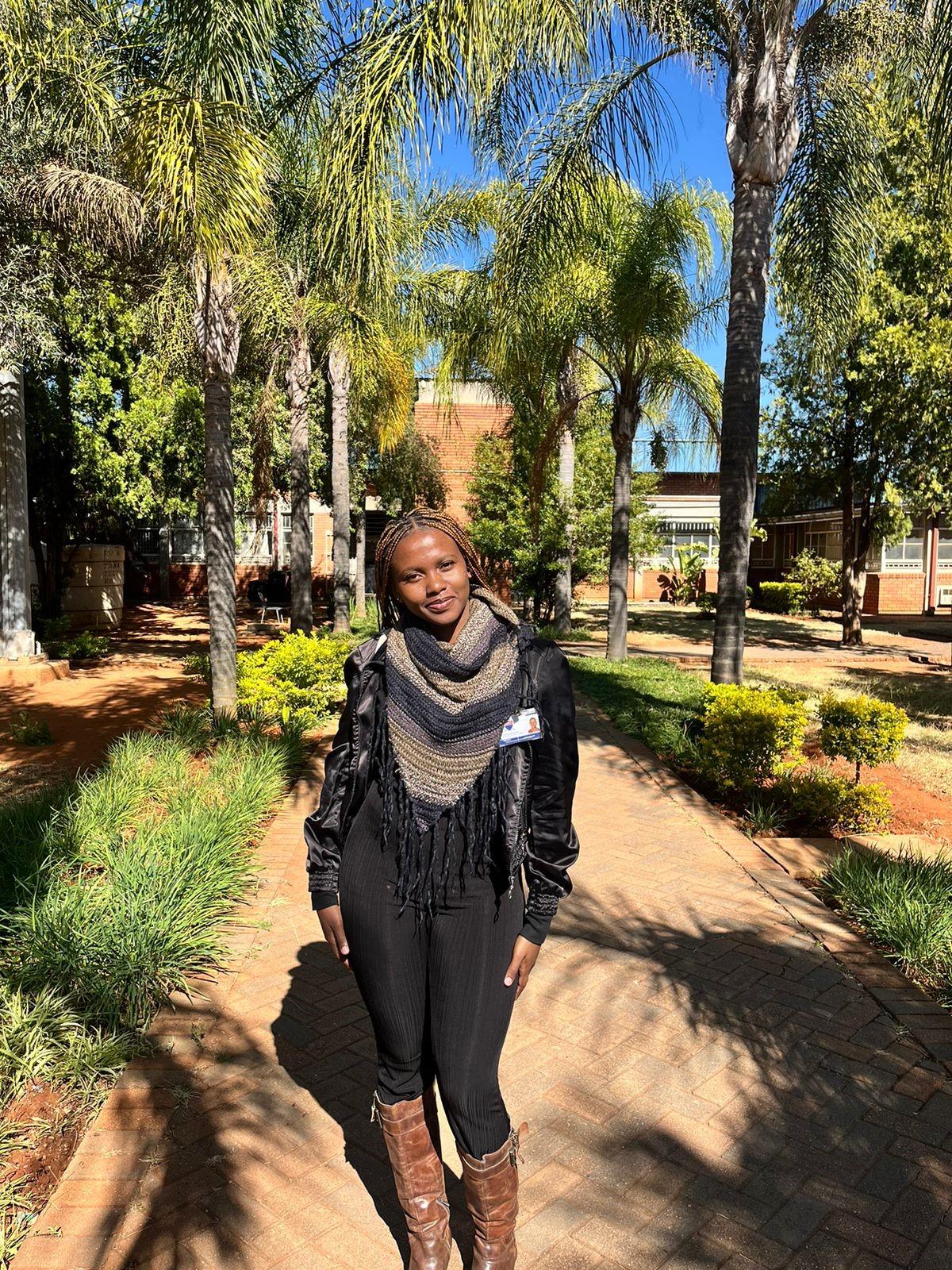Pumzile Molimi, fifth year student doctor, offers a handful of tips for mastering anatomy by using the tools at your disposal as a medical professional.
______
Embarking on the journey of medical school can be both exhilarating and daunting, particularly when faced with the intricate complexities of anatomy and physiology. For many first-year medical students, mastering the anatomy lab is a crucial step in their educational path. This article aims to provide practical tips for excelling in anatomy lab and highlight the valuable resources such as apps, atlases, and online videos that can enhance your learning experience.
Tips for mastering anatomy
1. Active participation in dissections
Engage actively: Don’t hesitate to get hands-on experience. Actively participating in dissections helps reinforce your understanding of anatomical structures.
Ask questions: Utilize the knowledge of your professors and lab instructors. Ask questions whenever you are unsure about a structure or function.
2. Consistent review and study
Frequent review: Regularly review the material covered in lab sessions. Consistency helps retain complex information.
Flashcards: Create flashcards for different anatomical structures and physiological functions. This method is effective for memorization and quick reviews.
3. Group Study Sessions
Collaborative learning: Studying with peers can provide different perspectives and insights. Group discussions often help clarify doubts and reinforce learning.
Teach back method: Teach the material to your peers. Teaching is a powerful tool for reinforcing your understanding.
4. Utilize lab time efficiently
Preparation: Read up on the structures and systems to be covered in the lab before the session. This will make you more prepared and efficient during the lab.
Focus on identifying key structures: Pay special attention to the key anatomical landmarks and structures as these are often emphasized in exams.
Utilizing resources like apps, atlases, and online videos
In addition to traditional methods, modern resources can significantly enhance your understanding of anatomy and physiology. Here are some valuable tools:
1. Anatomy Apps
Complete anatomy: This app offers 3D models of the human body, allowing you to visualize and interact with anatomical structures in a detailed manner. It also includes quizzes and videos for further learning.
Human anatomy atlas: Another excellent app, providing detailed 3D models, as well as cross-sectional images and cadaveric images for comprehensive learning.
Netter’s Atlas of Human Anatomy: A widely acclaimed atlas known for its detailed and beautifully illustrated anatomical drawings. It’s a great resource for both lab sessions and independent study.
Grant’s Atlas of Anatomy: Known for its realistic illustrations, this atlas is useful for understanding the spatial relationships between structures.
YouTube channels: Channels like “AnatomyZone” and “CrashCourse” offer high-quality educational videos on various anatomical and physiological topics. These videos are great for visual learners and can provide a different approach to understanding complex concepts.
Coursera and Khan Academy: Both platforms offer free courses and video tutorials on anatomy and physiology. These can supplement your learning and provide additional explanations and perspectives.
4. Virtual dissection tools
Visible body: Offers virtual dissection tools and interactive models which can be incredibly useful for studying anatomy when you don’t have access to a physical lab.
In conclusion, mastering anatomy and physiology is a foundational aspect of medical education. By actively participating in dissections, consistently reviewing material, engaging in group study sessions, and utilizing modern resources like apps, atlases, and online videos, you can significantly enhance your understanding and retention of these complex subjects. Embrace these tools and strategies to navigate your anatomy lab with confidence and success.
Pumzile Molimi, MBCHB V, Sefako Makgatho Health Sciences University.

______
To read more student articles like this visit our student hub.